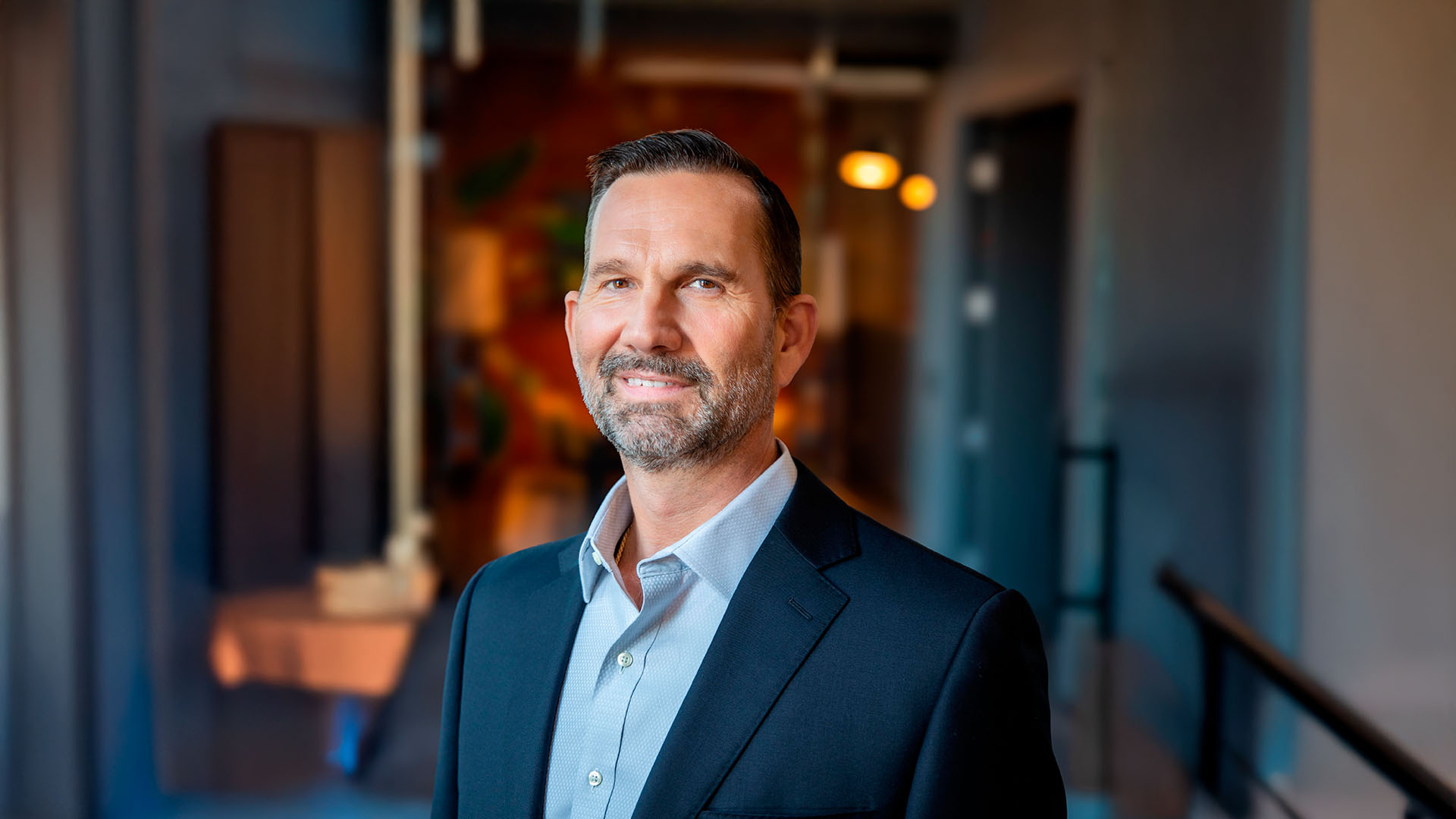Senior living operators are facing a perfect storm of demographic acceleration, regulatory transformation, and rapid technology adoption. According to Scott Reese, President of Echo Assurance, the risks created by these shifts cannot be managed by traditional insurance policies. “Many operators still focus on occupancy rates and resident acuity,” Reese explains. “Yet entirely new categories of risk have emerged that did not exist even five years ago. The insurance market is still pricing and underwriting as if it were 2019.” The result, Reese warns, is a widening protection gap. With 78 million baby boomers entering senior living, communities now face litigation, compliance, and reputational risks that fall outside the scope of yesterday’s coverage models.
Demographic Disruption
The baby boomer wave is not only about volume. It also brings fundamentally different risk profiles that traditional actuarial models cannot capture. “These residents come with smartphones, social media networks, and far more complex family structures,” Reese says. A fall in a hallway that is filmed and posted online can quickly escalate into a viral reputation crisis with legal and regulatory implications that threaten occupancy. Family dynamics add another layer of exposure. Blended families, unmarried partners, and multiple powers of attorney mean that medical decisions are rarely straightforward. “Five adult children from three marriages can turn a single medical decision into a courtroom battle,” Reese notes.
The Regulatory Time Bomb
Senior living is increasingly treated as healthcare delivery rather than residential housing. Operators must navigate oversight from departments of health, aging services, medical boards, and CMS. Each agency brings different standards that often conflict. “The regulations around ‘aging in community’ require operators to deliver independent living services while meeting skilled nursing protocols at the same time,” Reese explains. “Legacy insurance products were not built for that reality.” Digital health requirements only intensify the challenge. Telehealth, wearable monitoring devices, and care coordination platforms are now mandated in many states. At the same time, strict privacy laws originally designed for hospitals do not translate neatly into communal living environments.
Technology’s Double Edge
Senior living operators are investing heavily in smart buildings, wearable devices, and integrated care platforms. Each innovation improves efficiency but also creates new vulnerabilities. “When a cyberattack disables smart HVAC systems during a heat wave, it becomes far more than an IT issue,” Reese says. “It turns into a resident safety emergency, a regulatory violation, and an operational shutdown all at once. No traditional insurance policy can coordinate that type of event.”
Beyond Insurance: A New Protection Model
Reese advocates for what he calls integrated risk architecture. Instead of treating property, casualty, professional liability, and cyber coverage as separate silos, this model addresses operational risks as interconnected systems. Advanced operators are already adopting predictive analytics to identify vulnerabilities before they escalate. Resident-specific data can now anticipate falls, cognitive decline, and even family conflict patterns. While this intelligence is powerful, it creates new legal exposure if operators fail to act on known risks. Reese also points to the rise of regulatory intelligence platforms. These systems track enforcement patterns across multiple agencies, allowing proactive adjustments before violations occur. “The best operators are treating regulatory defense as a core operating discipline rather than an occasional legal expense,” he says. Equally important is aligning risk management with financial strategy. Insurance must account for how an operational incident could impact debt covenants, acquisition timelines, or capital deployment.
A Case Study in Innovation
Reese recalls one life plan community that was struck by a cyberattack during a severe storm. The attack disabled elevators, HVAC systems, emergency communications, and wearable health monitors. Under traditional coverage, this would have led to disputes between cyber, general liability, property, and professional liability insurers. The delay in resolving those disputes would have added more than two million dollars in costs. “By using integrated risk architecture, the operator treated it as a single operational failure,” Reese explains. Coordinated teams from cyber forensics, regulatory relations, and medical consultation contained the crisis and reduced costs by more than 60 percent.
The Industry’s Inflection Point
For Reese, the lesson is clear. Senior living operators can no longer rely on outdated coverage models. “Competitive advantage will not come from occupancy rates alone,” he concludes. “It will come from the ability to anticipate and manage risks that traditional insurance cannot reach. Operators who adapt will define the future of this industry.”
For more insights on risk management in senior living, follow Scott Reese on LinkedIn or visit his website.





